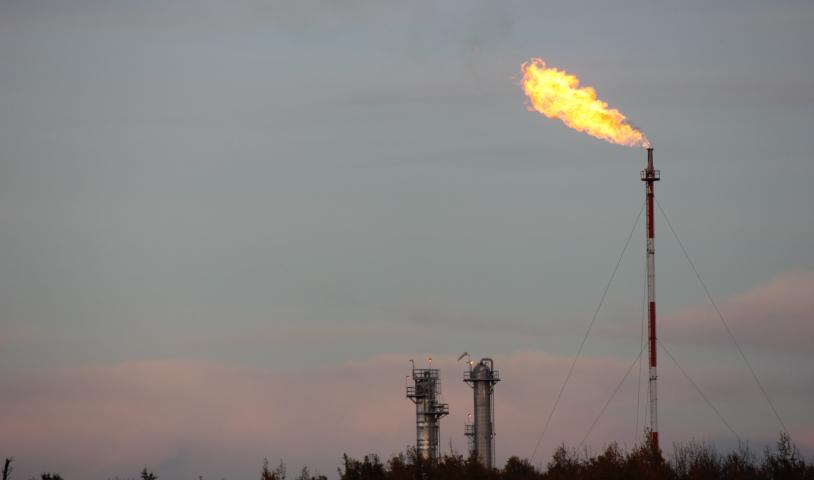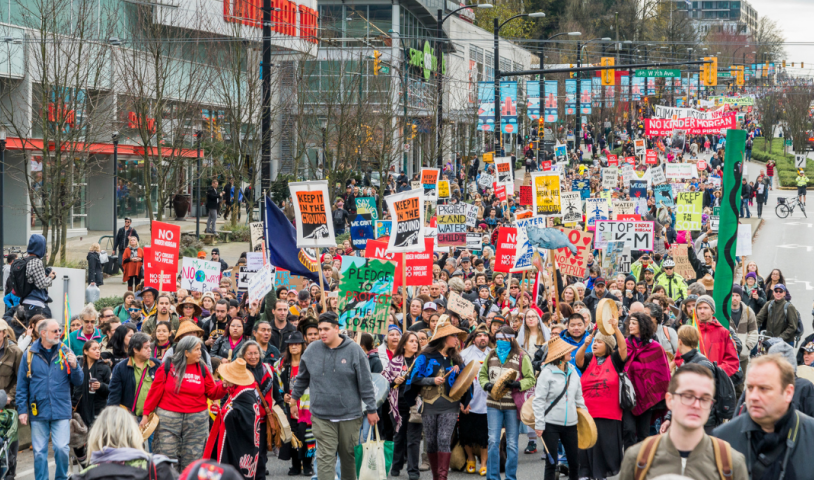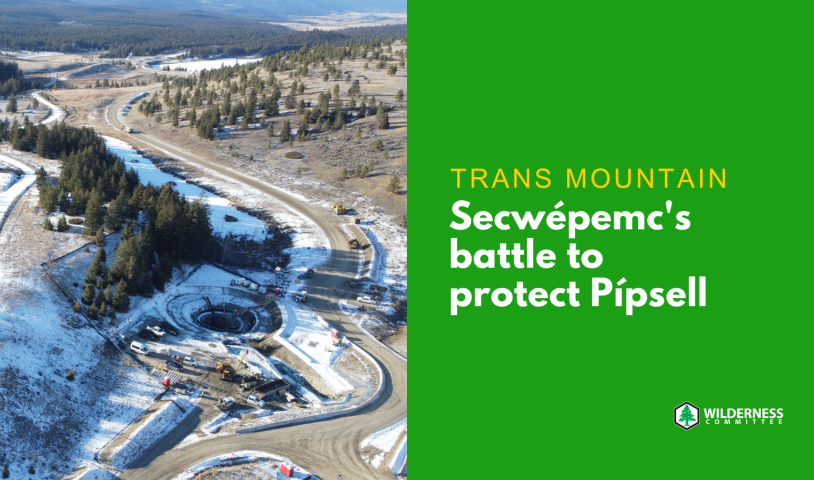Another dam on the Peace River? Plans in motion for site near Dunvegan
Wednesday, October 28, 2015It’s not called “Site D,” but an Alberta business partnership wants to build a fourth dam on the Peace River.
Two companies, Bowmont Capital & Advisory and Concord Green Energy, are pursuing a plan to build what's being dubbed the Amisk dam in northwestern Alberta. AHP Development Corporation would build the dam on their behalf.
The companies want to build the dam 15 kilometres upstream from the community of Dunvegan, about 90 kilometres from Fort St. John as the crow flies.
Paul McKendrick, director for Bowmont Capital and Advisory, said that a “best case” start date for the project was 2018.
McKendrick did not want to give out a potential cost for the project, as preliminary engineering is not set to be completed until 2016.
The project would generate 1,875 gigawatts of energy per year — a little over a third of the 5,100 gigawatt hours the Site C dam would produce.
The firms want to build the project to help replace coal-fired power plants in Alberta, McKendrick said.
“The idea was to find a hydro project that can provide renewable energy on a cost-effective basis, and with relatively low impacts.”
The project needs both federal and provincial approval.
On Monday, the Canadian Environmental Assessment Agency said it must decide whether the dam requires a federal environmental assessment. To help make its decision, it is seeking public comments on the project and its potential effects on the environment until Nov. 16.
McKendrick said they are working with provincial regulators on developing a terms of reference to guide their environmental impact assessment. Comments on that are due back by Nov. 6.
“We’ve got a fair bit of stakeholder consultation at this point,” he said. “Most people are supportive of the project. They see value and the economic benefits.”
McKendrick said there were concerns about the project, but he was “comfortable” they could be mitigated.
The dam would create a reservoir that would flood about 800 hectares of land.
No homes would be flooded, but two campgrounds would be, said McKendrick. In the project description, AHP notes that these campgrounds may have to be re-located.
The project will also factor in the models produced by BC Hydro about Site C’s impacts on the dam.
McKendrick noted that the dam was “a lot different” than Site C, as his project was slated to be built in a much different geographic landscape than the B.C. dam, and would not affect a similar type of valley.
McKendrick also said that about 30 different First Nations groups have been contacted about the project, and that many others are still being consulted.
Only one of them is on the B.C. side, though more could arise as the environmental process goes on, he said.
In their project description, AHP notes concerns about the dam’s impact on Treaty rights and traditional land use, fish spawning grounds, and culturally sensitive sites.
Even if the project receives environmental approval, there’s still a chance it may not go through.
McKendrick notes that the Alberta energy market is deregulated, meaning there is more uncertainty about whether or not the project would be warranted.
A similar dam near Dunvegan was given approval in 2009, but the companies behind that project decided not to go ahead earlier this year, citing market conditions.
At least one Site C opponent does not want to see the Amisk project built.
Joe Foy, executive director of the Wilderness Committee, said he thought Amisk was “a terrible idea.”
“It adds to the cumulative impacts,” he said.
“The Peace River has given enough… I think that land managers, water managers should be really looking at the cumulative impacts of the oil and gas industry, and the giant hydro-dams that are already there, and give the river a break.”




